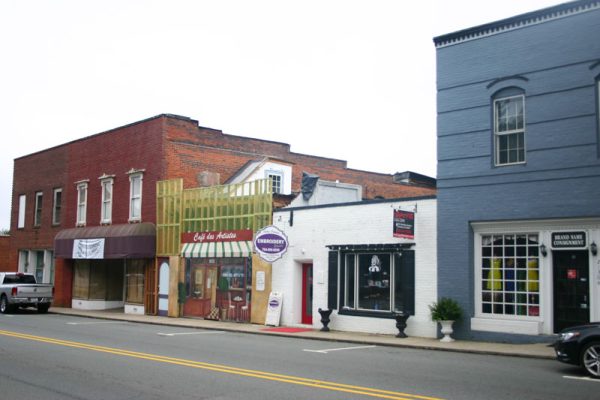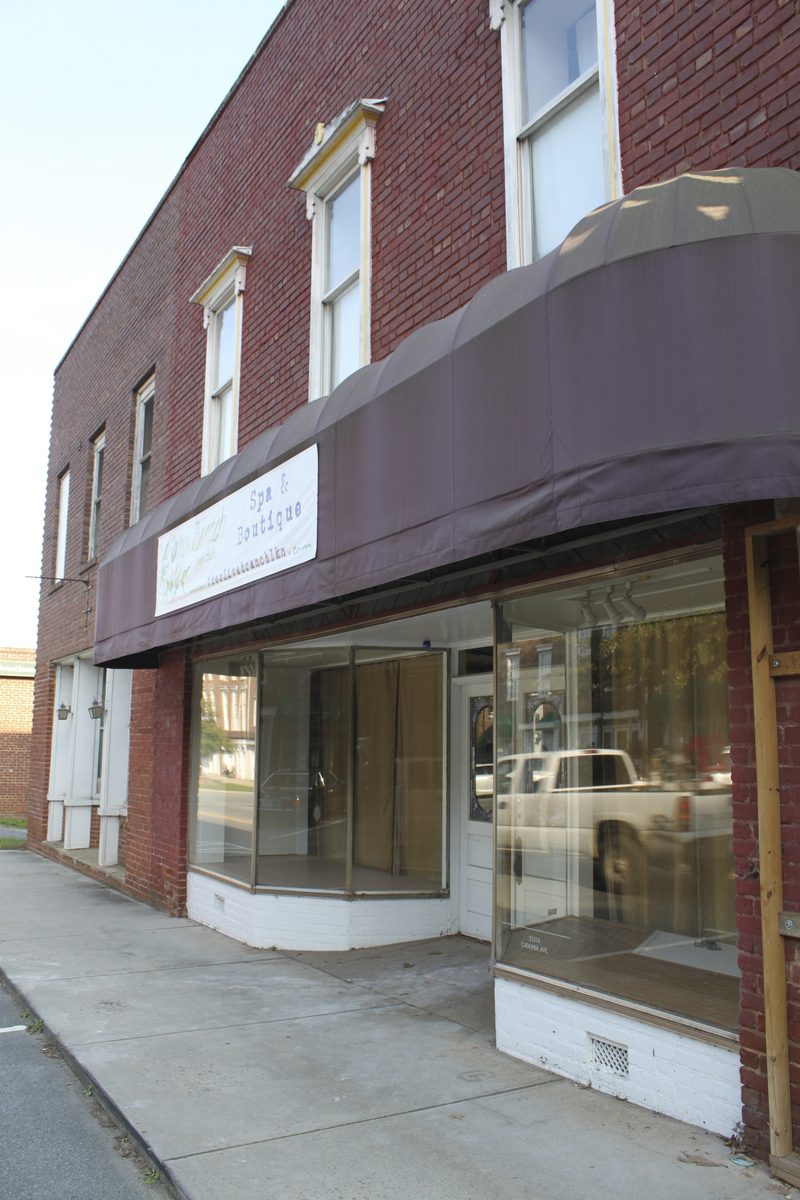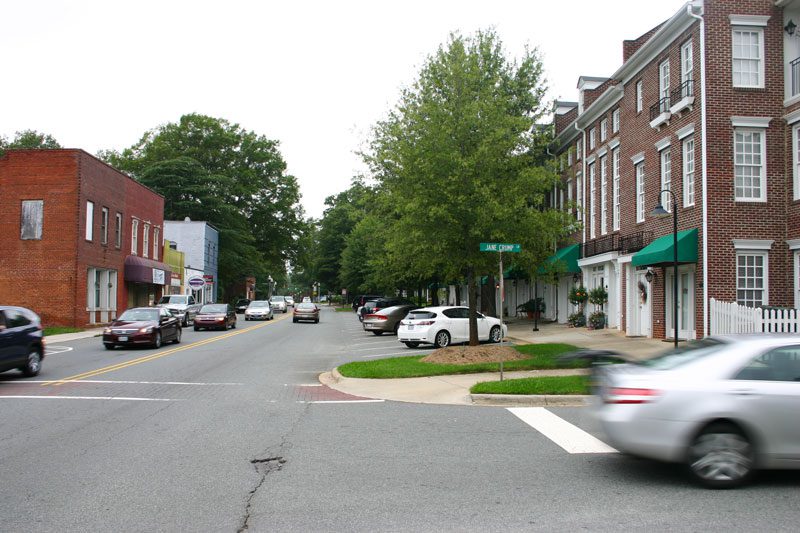Enthusiasts envision an arts district emerging in Cornelius

Could a bottle shop and tap room be the stimulus Cornelius needs to follow in the footsteps of Charlotte’s NoDa arts district, Raleigh’s Warehouse District, or Asheville’s River Arts District?
The Old Town Public House will open Sept. 13 on Catawba Avenue in Cornelius, a onetime cotton mill hamlet in fast-growing north Mecklenburg County. The pub will serve craft beers and other drinks in an older building on Catawba Avenue. It’s a part of town that’s trying to brand itself as Old Town Cornelius. And art enthusiasts are betting on an even bigger impact: the emergence of an arts district.
“An art [district] in Cornelius seems to be taking shape,” said Cornelius public arts coordinator Jen Crickenberger. She said in the past year, attendance numbers had nearly doubled for the ’Tawba Walk Music and Arts Festival opening receptions, and art sales had increased by 50 percent at the Cornelius Arts Center. “We are all working hard to build upon this momentum and bring new ideas to fruition,” Crickenberger said.
In years past, Crickenberger said, Cornelius did not have a public art program, and the Cornelius Arts Center struggled to engage the region’s arts community.
But residents are seeing more activity. According to Jessica Boye, public relations manager for Bella Love Inc., a Cornelius group that plans locally focused events, Old Town Cornelius is more pedestrian friendly, has a growing number of public art displays and more regularly occurring art-focused events, all of which create more opportunities for people to gather. Bella Love founder Case Warnemunde is a partner with Dan and Melissa Alvarez in the Old Town Public House. Bella Love also sponsors the ’Tawba Walk Music and Arts Festival. The next will be Sept. 13.

Crickenberger said the people behind the emerging arts activities are a combination of artists, local businesses including Bella Love, KadiFit, Café Eli, as well as the town-run Cornelius Arts Center. “There is a strong push from these groups to see Cornelius become a more creative and art-focused community,” she said.
But is it a real arts district? Dozens of arts districts have been established across the country in recent decades, increasing awareness of the connection between the arts and economic development. Cultural project planning consultant Deborah Frieden of San Francisco has studied arts districts around the country. She defines an arts district as a well-recognized, labeled, mixed-use area of a city with a high concentration of cultural facilities that serve as an anchor of attraction.
“Arts districts can form in two ways,” Frieden said in an interview. “The first occurs when artists move into a place with low rent and cultivate a creative energy in that location. The second occurs through some specific planning and action of the government or local organizations.”
UNC Charlotte architect and town planning professor David Walters was involved in 1990s long-range planning efforts for the three north Mecklenburg towns: Huntersville, Cornelius and Davidson. He has also studied and observed other arts districts, including NoDa and South End in Charlotte. He said the essential things that attract large numbers of artists to an area are inexpensive spaces, “funky” old buildings that can be turned into spaces to live and work, and open entertainment venues.
“Art districts that start with the artists tend to be more authentic and have more sustainability,” he said. He also pointed out that those districts are “created initially on a shoestring” – which saves a city or town’s money.
But sometimes governments get involved. “In most cases when an arts district is government-planned,” Frieden said, “it is a result of the discovery that there are fewer and fewer tools to use to create change and revitalization in a community.” Walters cautioned that government-sponsored arts districts can cost tens of millions, if not hundreds of millions, of dollars to create museums and public arts displays.
In Cornelius there’s no talk of spending millions of public dollars. Even so, Crickenberger said, “Cornelius has been home to a large community of artists for many years. With the efforts made by local businesses to provide artists venues to promote their work and the heightening in quality of the center’s exhibitions program, we are noticing more interest from artists across the region.”
She said the ’Tawba Walk festivals and the arts center exhibitions are connecting artists in Charlotte and elsewhere in North Carolina to the Cornelius art scene.
Arts districts can help reflect a town or city’s unique environment, history and cultural development. “The Cornelius arts district is still forming its identity,” Crickenberger said. “One thing that sets it apart is the great deal of support it is receiving from the town board, local business owners and residents of Cornelius. The arts do not often get this much support from the local government, and Cornelius is fortunate to have this backing for the growth of a vibrant art scene.”
“We love to see activity going on downtown,” Town Manager Anthony Roberts said. “I think the pub will create a lot of energy and vibe.”

Rachel Prude wrote this article while interning at the UNC Charlotte Urban Institute in 2014. At the time she was a student at Howard University.
Rachel Prude